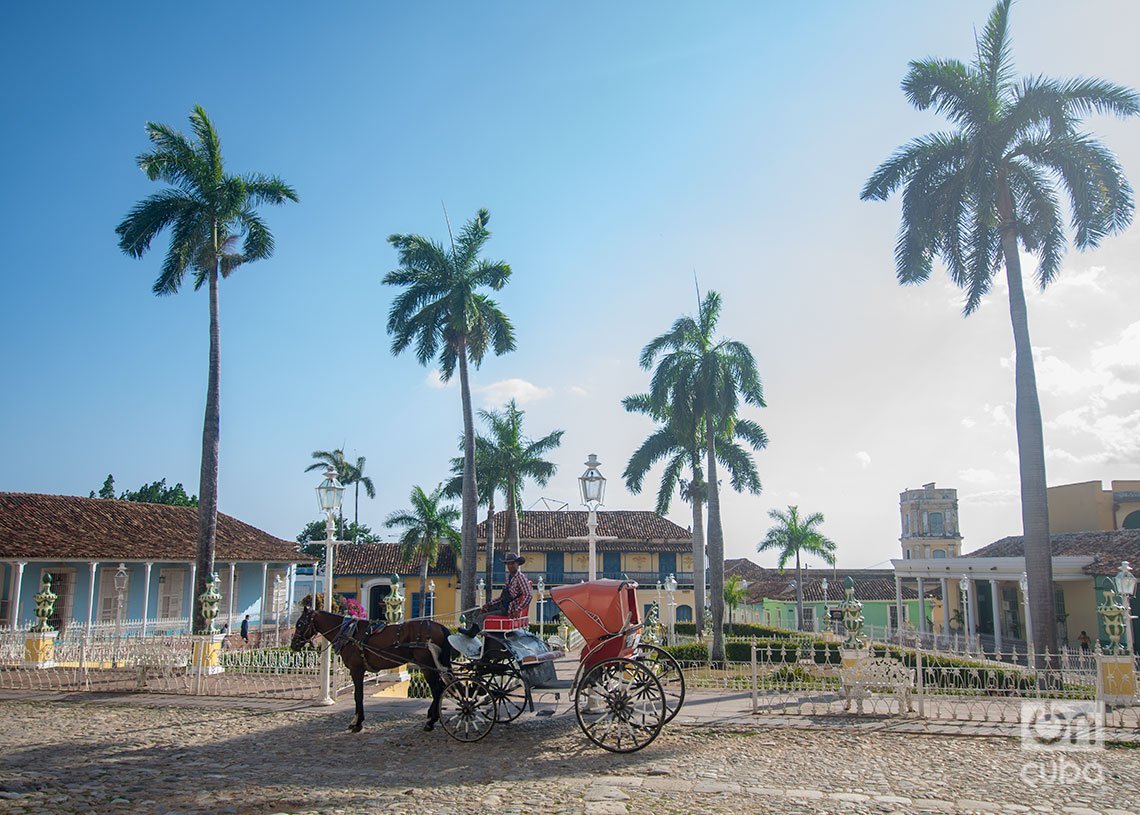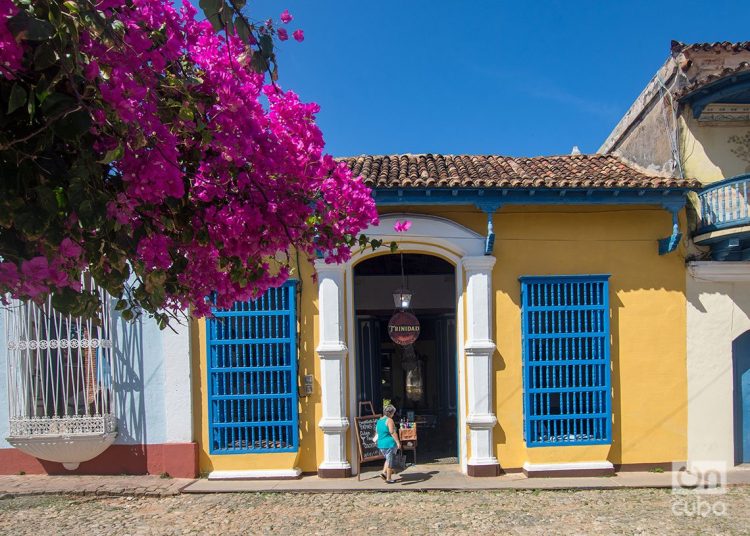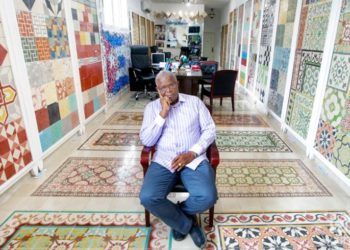Trinidad has turned 510. The once colonial township, one of the first founded in Cuba by the Spaniards, this Sunday arrived at a more than venerable age.
Far from withering it, time has exalted it. It has left footprints and scars, but it has also added to its ancestry, its stately air.
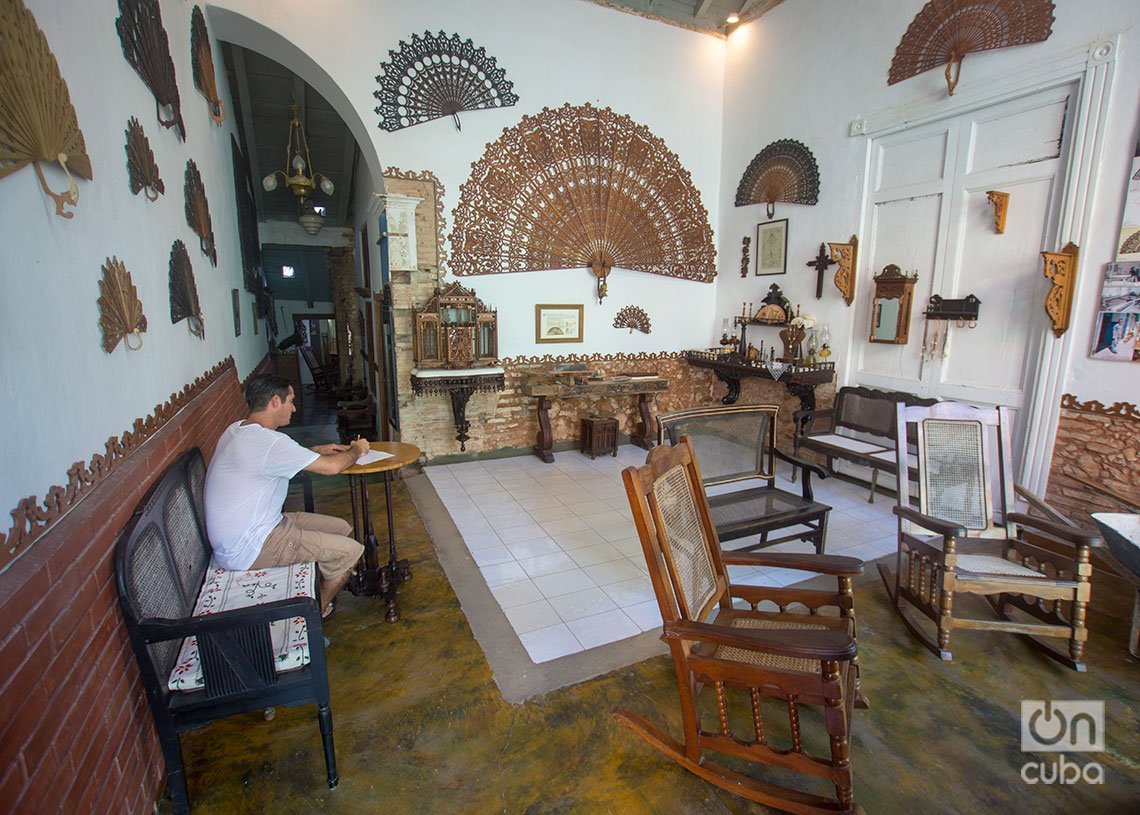
Trinidad, fortunately, did not become with the centuries a cosmopolitan and bustling city. There, in the center-south of the island, it has managed to preserve its original spirit and has fed its well-gained celebrity.
It’s not by chance that it is considered the museum city of Cuba. It is a jewel of Cuban architecture and heritage, a reservoir of traditions that distinguish it on the cultural map of the country and make it an attraction for its thousands of visitors.

Its people’s charm is also part of its cobbled streets and colorful parks, its monumental churches, small mansions and museums. It is an open, old, and cozy city, helpful and unique.

Declared a World Heritage Site by UNESCO 35 years ago, Trinidad also has a privileged environment and a valley of sugar factories, testimony of an opulent while oppressive past, an indissoluble part of its legacy.
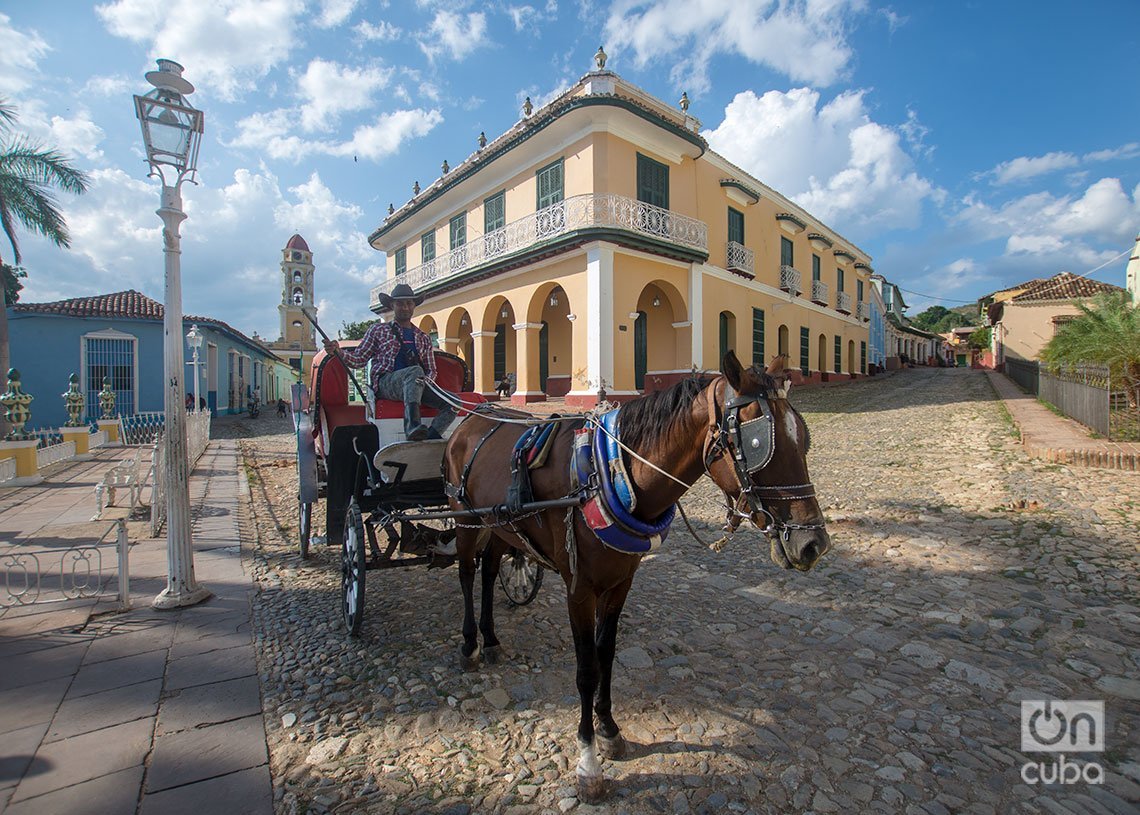
There, a few kilometers from the city, old estates and hamlets are integrated into its magical landscape. And there, undaunted, stands the Tower of Manaca Iznaga, the most famous in Cuba, a symbol of persistence and greatness.
We dedicate our Photo Gallery to Trinidad, on its 510th anniversary. Let these images of our photo reporter Otmaro Rodríguez be a grateful tribute to an authentic relic of all Cubans.










